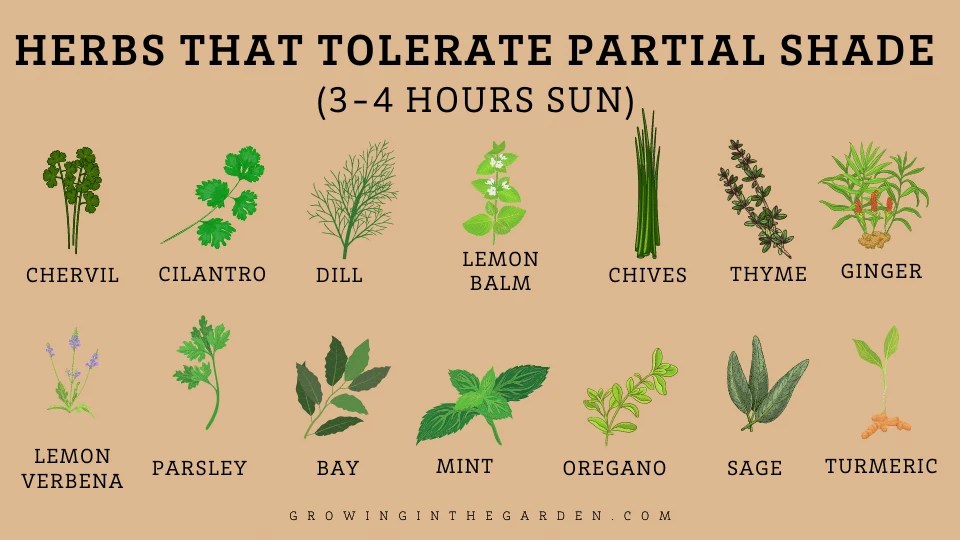Vegetables That Grow in Shade
For gardeners with limited sunlight, cultivating a bountiful vegetable patch may seem like a daunting challenge. However, many vegetables thrive in shady conditions, offering a vibrant and delicious harvest even in the absence of full sun. By selecting appropriate vegetables and adjusting your gardening practices, you can create a flourishing garden in even the most shaded areas.
Understanding Shade Tolerant Vegetables
Not all vegetables are created equal when it comes to their shade tolerance. Some vegetables, like tomatoes and peppers, require full sun for optimal growth and fruit production. However, a surprising number of vegetables can tolerate partial shade, which is defined as receiving at least four hours of direct sunlight per day. These shade-tolerant vegetables are often more adaptable to varying light conditions, allowing them to flourish even in areas with dappled or filtered sunlight.
Key Considerations for Shade Gardening
Success in shade gardening involves understanding the specific needs of the vegetables you choose and adjusting your gardening practices accordingly. Here are some key considerations:
1. Selecting the Right Vegetables
The first step to a successful shade garden is choosing the right vegetables. Some vegetables thrive in partial shade and are best suited for these conditions. These include leafy greens such as lettuce, spinach, kale, and chard. Root vegetables like carrots, beets, and radishes also tolerate some shade, although they may benefit from a few hours of direct sunlight. Other vegetables that perform well in shade include broccoli, cauliflower, Brussels sprouts, and peas.
2. Optimizing Soil Conditions
Soil quality is crucial for vegetable growth, regardless of light conditions. Shade-tolerant vegetables need rich, well-drained soil that is high in organic matter. Amending the soil with compost or aged manure can improve its fertility and drainage, creating a more hospitable environment for plant growth. It is also important to test the soil pH and adjust it accordingly, as most vegetables prefer a slightly acidic to neutral pH range.
3. Providing Adequate Moisture
Shade can make the soil cool and moist, which can benefit certain vegetables. However, it's important to monitor soil moisture levels to ensure proper hydration. Shade-tolerant vegetables may require watering more frequently, especially during hot and dry periods, as they may not receive as much direct sunlight and evaporation. Watering deeply but less frequently, allowing the soil to dry out slightly between waterings, promotes healthy root development.
4. Managing Pests and Diseases
While shade can help deter some pests, it can also create a more humid environment, which can increase the risk of fungal diseases. It's important to practice good hygiene by removing diseased plants and debris, and to monitor plants regularly for signs of pests or diseases. Using organic pest control methods, such as companion planting, insecticidal soap, or neem oil, can help manage pests without harming beneficial insects.
5. Maximizing Light Availability
While shade-tolerant vegetables can thrive in less sun, it's still beneficial to maximize the light available to them. Pruning nearby trees or shrubs can help increase sunlight penetration. Installing reflective surfaces, such as white plastic sheeting or reflective mulch, can reflect sunlight onto the plants, boosting their growth and productivity.
Examples of Shade-Tolerant Vegetables
Here are some examples of vegetables that can thrive in partial shade, giving you a starting point for your shade garden:
*Leafy Greens:
Lettuce, spinach, kale, chard, arugula, collard greens *Root Vegetables:
Carrots, beets, radishes, turnips, parsnips *Brassicas:
Broccoli, cauliflower, Brussels sprouts, kohlrabi *Legumes:
Peas, beans *Other Vegetables:
Swiss chard, rhubarb, herbs (mint, parsley, cilantro, chives)By carefully selecting shade-tolerant vegetables, optimizing soil conditions, and managing pest and disease issues, you can create a thriving vegetable garden even in the most shaded areas. Embrace the possibilities of shade gardening and enjoy a bountiful harvest of delicious and nutritious vegetables.

Shade Tolerant Vegetables Portland Monthly

Shade Tolerant Vegetables To Grow Mr Fothergill S Latest Help Advice

30 Vegetables That Grow In Shade

40 Vegetables That Grow In Shade Get Busy Gardening

20 Shade Tolerant Plants To Grow In Your Garden This Summer Live Love Fruit

Vegetables Herbs Flowers That Grow In Shade 5 Tips For Gardening Growing The Garden

Vegetables Herbs Flowers That Grow In Shade 5 Tips For Gardening Growing The Garden

10 Shade Tolerant Vegetables That Grow Without Full Sun

Vegetables You Can Grow In The Shade Growing Food Indoors Herbs Garden Inside Fenced Vegetable

Shade Tolerant Vegetables Vs Sun Friendly Veggies
Related Posts








